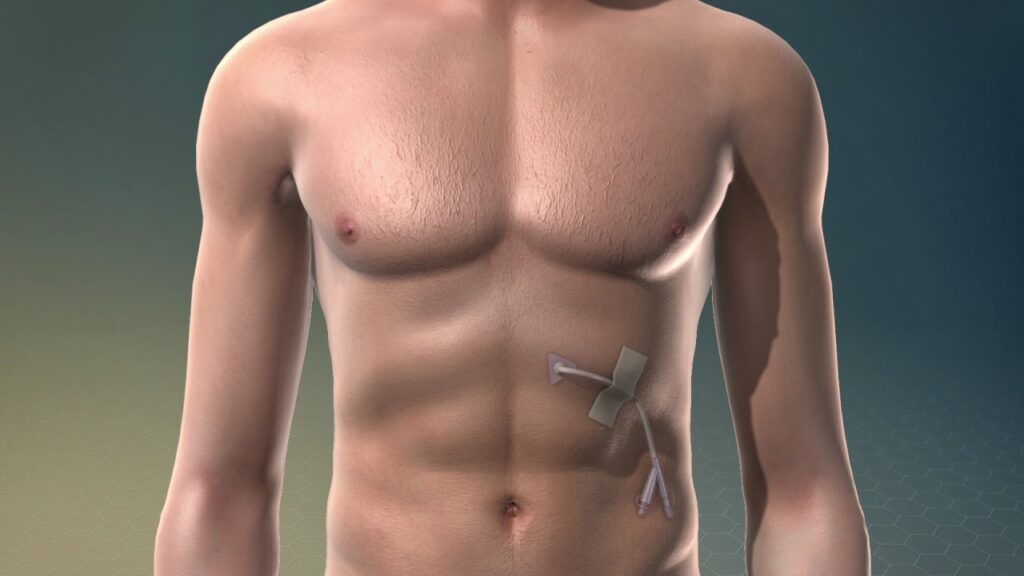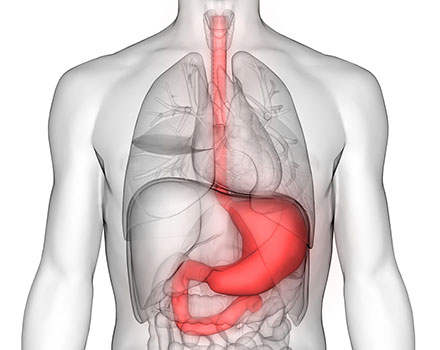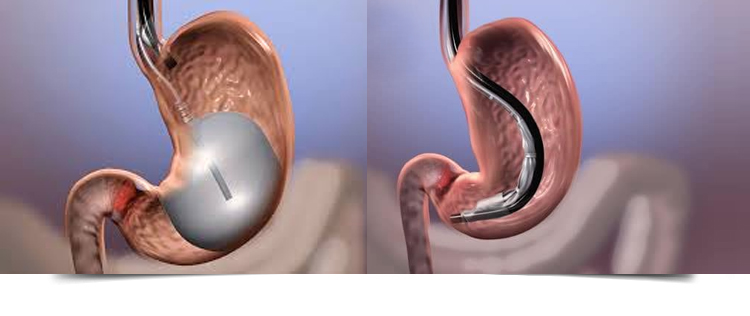PEG Insertion

What Is Percutaneous Endoscopic Gastrostomy?
A percutaneous endoscopic gastrostomy (PEG) is a procedure to place a feeding tube. These feeding tubes are often called PEG tubes or G tubes. The tube allows you to receive nutrition directly through your stomach. This type of feeding is also known as enteral feeding or enteral nutrition.
Why Might I Need A PEG Tube?
A PEG tube may be a good choice for children or adults who can’t eat and drink enough to meet their daily nutrition needs
A PEG tube may also help prevent a dangerous condition called aspiration. But a PEG tube can’t eliminate aspiration. Aspiration can happen if you have trouble swallowing the usual food or liquids that enter your lungs.
Some common conditions in which a PEG tube may be recommended include:
- Congenital disabilities
- Problems swallowing
- Stroke
- Cancer of the mouth or esophagus
- Diseases of the esophagus
A PEG tube may be placed if you have a long-term condition that will not allow you to swallow. To have this procedure, you must digest food generally once the food reaches your stomach.
In some cases, a PEG tube may be temporary. For example, if you have a minor stroke from which you may recover. A PEG tube lasts about one year. Replacing the old tube is usually a simple procedure that your healthcare provider can do without surgery or anesthesia.
What Happens After Percutaneous Endoscopic Gastrostomy?
You’ll feel some pain after a percutaneous endoscopic gastrostomy. This pain might be from the incision. Or you might have cramping from gas buildup in your digestive system. This pain should decrease within 24 to 48 hours.
You’ll have a bandage over the incision site. You may see some drainage around the incision for up to 48 hours. Usually, your surgeon will give you instructions to remove the bandage after one to two days.
After the area around your feeding tube heals, you’ll meet with a dietitian. This specialist explains how to use the PEG tube and starts you on enteral nutrition.
What Are The Advantages Of PEG Tubes?
PEG tubes are an important treatment if you have difficulty swallowing or are unable to get adequate nutrition. After G tube placement, you receive specialized nutrition and hydration.
What Are The Risks Or Complications Of PEG Tubes?
Possible risks of percutaneous endoscopic gastrostomy include:
- Accidental tube dislodgement (tube moving out of place or coming out).
- Aspiration (accidentally inhaling your stomach contents).
- Bleeding and perforation (hole in the wall of your bowel or intestine).
- Infection near the incision.
- Pain near the PEG tube.
- Stomach leakage around the tube.
Your provider will explain the symptoms of a PEG tube complication and when to seek treatment. You’ll need to clean your PEG tube daily to decrease your risk of complications.
Related Services

Dr. Bhavik Shah
Gastroenterologist in Raipur
After finishing his Graduation from prestigious Pravara Institute of Medical Sciences, Loni in 2011, Dr. Bhavik Shah joined Choithram Hospital and Research Centre in Indore.
Our other services
Timings
Mon - Sat (09:00Am - 10:00PM) Sun - (10 am–7 pm)
Phone No
+91-74894 92554
address
1st floor, Indian Chilli Square, Shankar Nagar Rd, opposite Vidya Hospital, Geetanjali Colony, Shankar Nagar, Raipur, Chhattisgarh 492001






